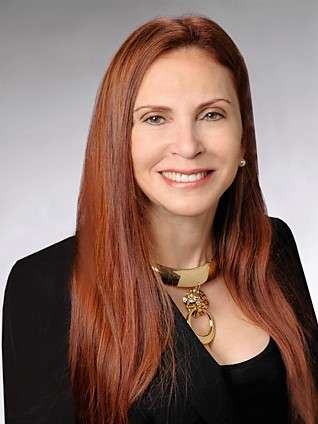Donna Levin
| Donna Levin | |
|---|---|
 Levin in 2017 | |
| Born |
September 4, 1954 Oakland, California |
| Occupation | Novelist |
| Notable works |
Extraordinary Means California Street There’s More Than One Way Home |
Donna Levin (born September 4, 1954) is a San Francisco-based author, editor and writing teacher. She has published the novels Extraordinary Means (Arbor House, 1987), California Street (Simon and Schuster, 1990) and There’s More Than One Way Home (Chickadee Prince Books, 2017).
Born in the city of Oakland, California, Levin graduated Phi Beta Kappa from the University of California, Berkeley with a degree in theater arts, and earned a J.D. from the University of California, Hastings College of the Law.[1]
Levin taught for many years for the University of California, Berkeley Extension as an instructor in the creative writing department. Levin drew from her experiences as a workshop leader there and at other venues to write two books on the craft of fiction, Get That Novel Started (Writer’s Digest Books, 1992) and Get That Novel Written (Writer’s Digest Books, 1996).
Levin’s papers are part of the Howard Gotlieb Archival Research Center at Boston University,[2] and her novels are part of the collection of “California Fiction” in the California State Library.[3]
Novels
Extraordinary Means is a literary fantasy in which a young woman, although diagnosed in an irreversible coma, is able to observe her family members debate over whether or not to withdraw life support. It is loosely drawn from the real-life controversy surrounding the Karen Ann Quinlan case. California Street, categorized as "romance suspence" by Marilyn Stasio of The New York Times[4] was published at a time when the number of women mystery writers was proliferating.[5] The protagonist is Joel Abramowitz, a compassionate but flawed psychoanalyst who inadvertently becomes involved in the disappearance of one woman and the murder of another. There’s More Than One Way Home [6] is a retelling of Anna Karenina set in contemporary San Francisco.[7] The novel features an autistic son, and is an addition to the new genre of "autism lit."[8]
External links
References
- ↑ http://www.donnalevin.com/about/ Donna Levin Biography
- ↑ http://www.bu.edu/dbin/archives/index.php?pid=403&study_guides=08 Donna Levin Papers
- ↑ http://www.library.ca.gov/ California State Library
- ↑ https://www.nytimes.com/1990/10/28/books/crime-656490.html?pagewanted=2 The New York Times Review of California Street
- ↑ http://www.statelibraryofiowa.org/ld/continuing-ed/genrestudy/gsmyst/advenmyst Adventures in Storytelling: Mystery
- ↑ https://www.amazon.com/Theres-More-Than-One-Home/dp/0991327462/ref=tmm_pap_swatch_0?_encoding=UTF8&qid=1493847829&sr=1-1 Reviews on Amazon.com
- ↑ https://www.kirkusreviews.com/book-reviews/donna-levin/theres-more-than-one-way-home/ Kirkus Reviews Review of There's More Than One Way Home
- ↑ http://www.smithsonianmag.com/innovation/next-favorite-fictional-protagonist-autism-spectrum-180963418/ Smithsonian Magazine